We have entered a new era in reducing or eliminating pathogens on semi-critical surfaces in the near-patient environment. For over a decade, researchers across Europe have been exploring a biological alternative for hospital surface cleaning — probiotic-based cleaning. This method involves using beneficial Bacillus spores to colonize surfaces, crowd out pathogens and stabilize a healthy surface microbiome, acting like a so-called good bacteria army to reclaim territory from harmful microbes.
What we have learned from real-world studies:
- In 2014, a multicenter study in Belgium and Italy demonstrated a 50-89 percent reduction in healthcare-associated pathogens on hospital surfaces within 24 weeks (Vandini et al., PLOS ONE).
- In 2016, a follow-up study showed that probiotic Bacillus spores can germinate on dry surfaces, significantly reduce pathogen colony forming unit per square meter, and decrease antibiotic resistance genes in the contaminant population — without acquiring resistance themselves (Caselli et al., PLOS ONE).
- In 2018, a large-scale study of 11,842 patients across six hospitals in Italy reported a drop in healthcare-associated infections from 4.8 percent to 2.3 percent, alongside a 100-fold reduction in antimicrobial-resistant genes (Caselli et al., PLOS ONE).
- In 2020, an economic analysis showed that probiotic cleaning could lead to a 60 percent reduction in antibiotic usage and save 14 million euros, including 11.6 euros million associated with treating resistant infections (Tarricone et al., Pathogens).
The Robert Koch Institute, Germany's national public health institute, is responsible for public health monitoring, advising and research. The institute primarily focuses on infectious and non-communicable diseases in Germany and acts as a central authority for disease prevention and control in the country.
In its “Hygiene requirements for cleaning and disinfection of surfaces: recommendation of the Commission for Hospital Hygiene and Infection Prevention at the Robert Koch Institute,” its standard 6.3 Probiotic Cleaning Methods says the use of probiotic cleaning methods in experimental settings has been shown to reduce the surface pathogen load by as much as 90 percent over conventional wipe disinfection without selecting for multi-drug-resistant organisms.
The institute goes on to say that in a multicenter study, the probiotic procedure reduced the cumulative incidence of nosocomial infections from 4.8 percent to 2.3 percent when compared to chemical disinfection. The detection of antimicrobial-resistant genes also decreased by up to 99 percent, and antibiotic use to combat nosocomial infections decreased by 60.3 percent and resulted in a 75.4 percent decrease in associated costs. But the before-and-after design of this multicenter study represents a potential bias. The result was nevertheless almost completely confirmed in a subsequent study, which reported a reduction in the cumulative incidence of nosocomial infections from 4.6 percent to 2.6 percent and a decrease in severe infections from 1.57 percent to 1 percent and multi-drug-resistant infections from 1.13 percent to 0.53 percent.
Probiotic cleansers like those based on Bacillus species have been shown to reduce dry biofilm formation on various surfaces in vitro. These probiotics can work by preventing pathogenic bacteria from adhering to surfaces, hindering their activity and even disrupting existing biofilms.
The advantages of probiotic cleaning are clear: persistent antimicrobial action, a reduction of resistant genes, cost savings through decreased antibiotic use and improved occupational and environmental safety due to reduced chemical exposure.
Why has this technology not become mainstream? Because it requires unequivocal evidence of clinical superiority in real-world hospital settings — a demanding standard. The question remains: Is this the beginning of a biological cleaning revolution or a promising idea still awaiting its breakthrough?
J. Darrel Hicks, BA, MESRE, CHESP, Certificate of Mastery in Infection Prevention, is the past president of the Healthcare Surfaces Institute. Hicks is nationally recognized as a subject matter expert in infection prevention and control as it relates to cleaning. He is the owner and principal of Safe, Clean and Disinfected. His enterprise specializes in B2B consulting, webinar presentations, seminars and facility consulting services related to cleaning and disinfection. He can be reached at darrel@darrelhicks.com, or learn more at www.darrelhicks.com.
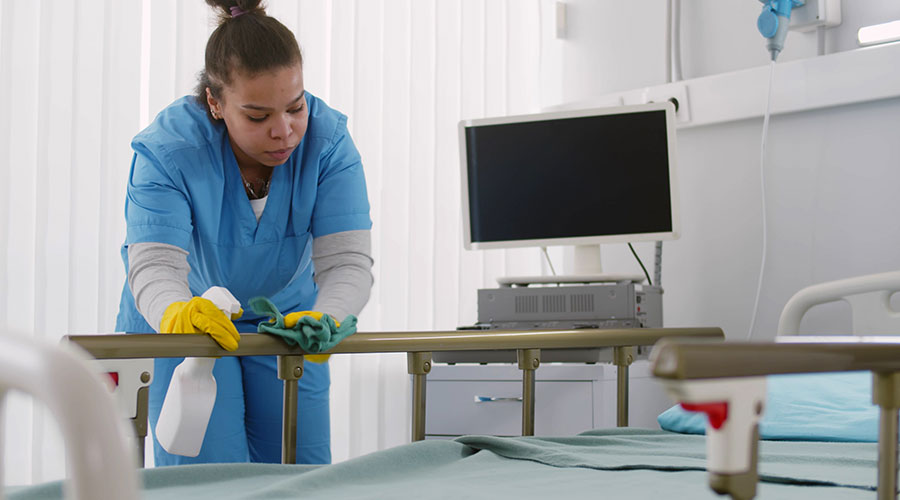
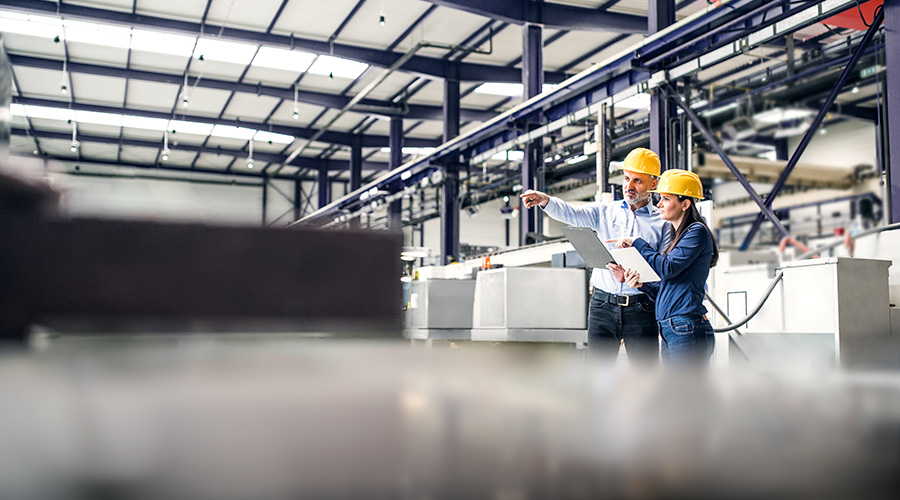 State of the Facilities Management Industry in 2025
State of the Facilities Management Industry in 2025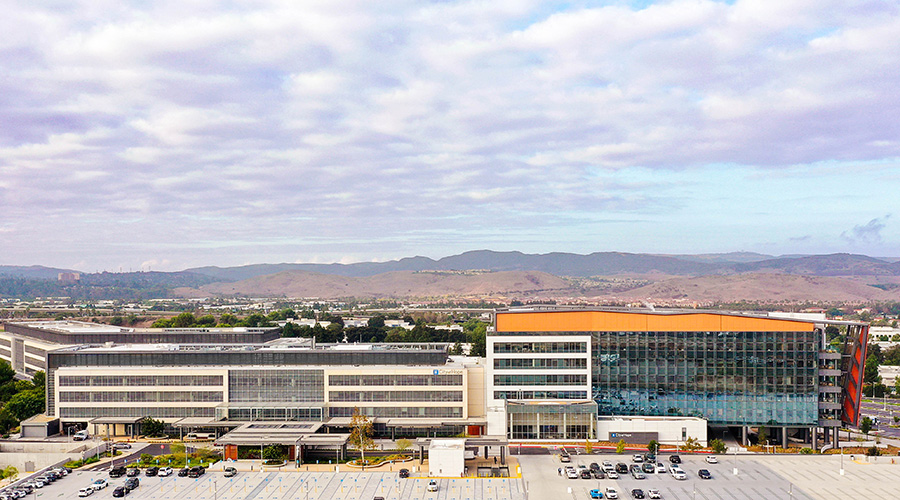 City of Hope to Open New Cancer Specialty Hospital in California
City of Hope to Open New Cancer Specialty Hospital in California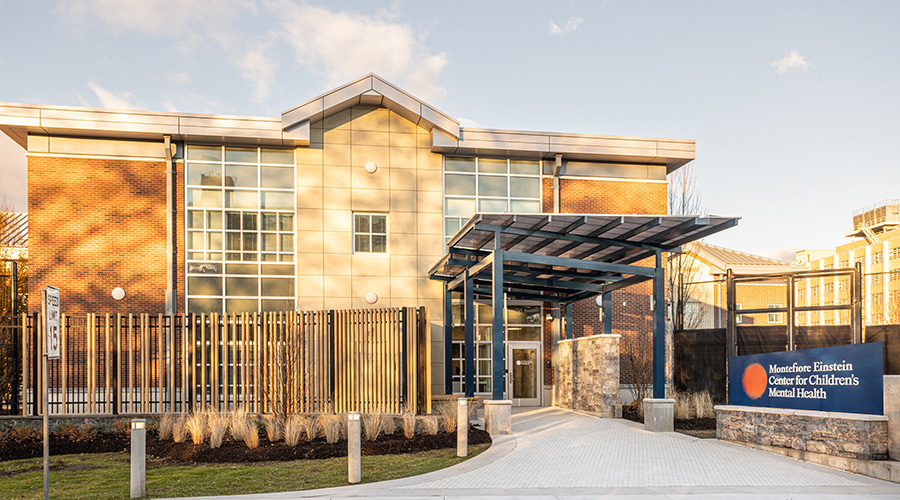 Montefiore Einstein Opening New Inpatient Center for Youth in the Bronx
Montefiore Einstein Opening New Inpatient Center for Youth in the Bronx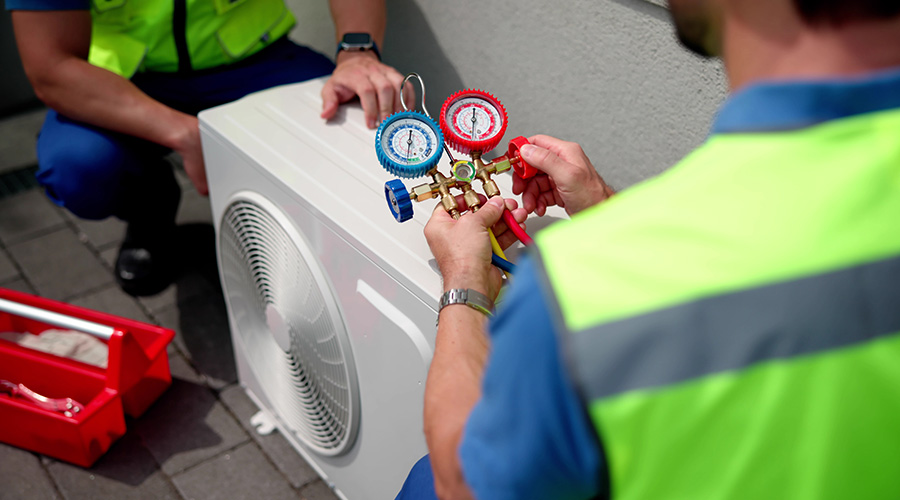 Skill Stacking: How Micro-Credentials Are Reshaping Trades
Skill Stacking: How Micro-Credentials Are Reshaping Trades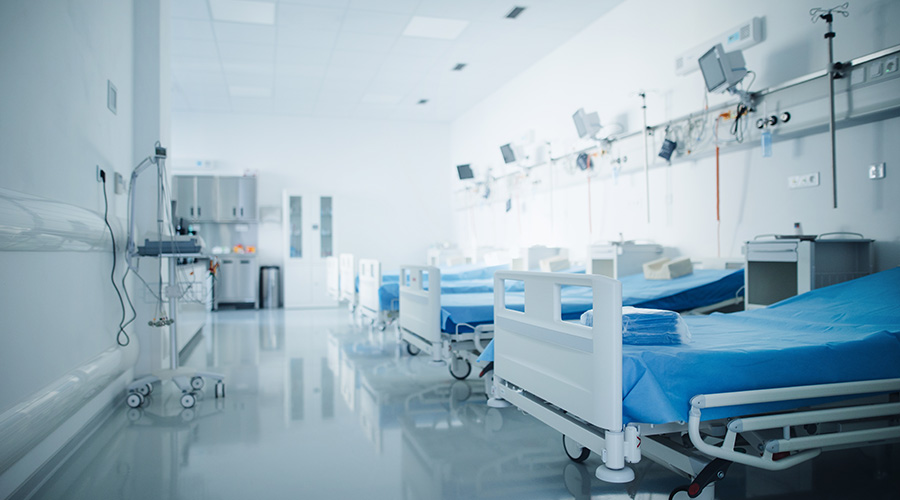 Prima Medicine Opens New Location in Tysons, Virginia
Prima Medicine Opens New Location in Tysons, Virginia